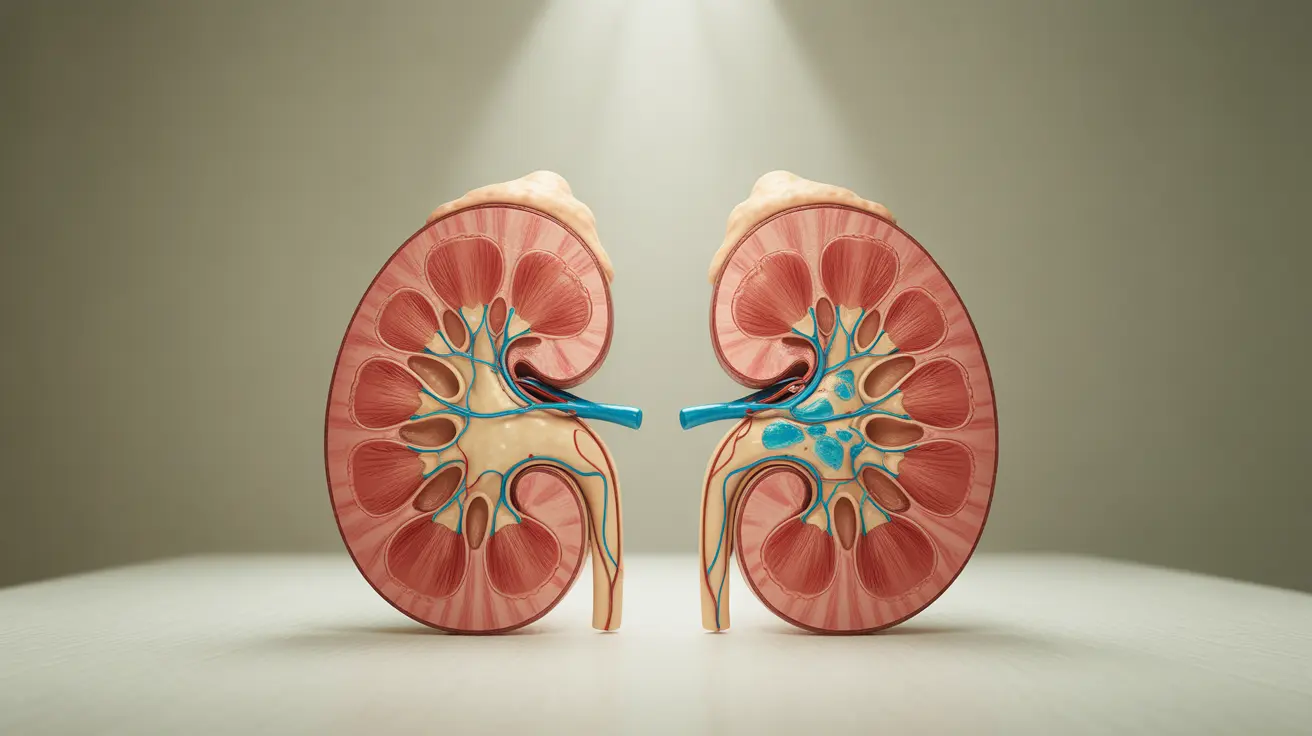Cat bites might seem minor at first, but they can quickly develop into serious medical concerns if not properly treated. These injuries are particularly dangerous because cats' sharp teeth can create deep puncture wounds that are prone to infection. Understanding how to respond to a cat bite and recognizing the signs of complications is crucial for preventing serious health issues.
This comprehensive guide will walk you through the essential steps to take after a cat bite, how to identify infection symptoms, and when to seek immediate medical attention.
Immediate Steps After a Cat Bite
When a cat bites you, taking prompt action is essential to prevent infection and other complications. Here's what you should do right away:
- Clean the wound thoroughly with soap and warm water for at least 5 minutes
- Apply pressure with a clean cloth if bleeding occurs
- Use an antiseptic solution if available
- Apply a sterile bandage to the wound
Even with proper cleaning, it's important to monitor the bite closely over the next 24-48 hours for signs of infection.
Understanding Cat Bite Risks
Cat bites are particularly dangerous for several reasons:
- Their sharp teeth create deep puncture wounds
- These wounds can trap bacteria deep in the tissue
- Cat mouths contain numerous harmful bacteria
- The small wound opening can seal quickly, trapping bacteria inside
Signs of Infection to Watch For
Early Warning Signs
Monitor your cat bite wound for these early indicators of infection:
- Increased redness around the wound
- Swelling or warmth at the bite site
- Increasing pain or tenderness
- Clear or slightly cloudy fluid drainage
Serious Infection Symptoms
Seek immediate medical attention if you notice:
- Fever or chills
- Rapidly spreading redness
- Severe swelling
- Pus drainage
- Joint stiffness or inability to move the affected area
- Red streaks extending from the bite
Medical Treatment Options
Healthcare providers typically approach cat bite treatment with several strategies:
Antibiotic Treatment
Most cat bites require antibiotic treatment to prevent or address infection. Common antibiotics prescribed include:
- Amoxicillin-clavulanate
- Other broad-spectrum antibiotics that target common cat bite bacteria
- Usually prescribed for 7-14 days
Additional Medical Care
Your healthcare provider may also:
- Clean and debride the wound
- Update your tetanus shot if needed
- Consider surgical intervention for severe cases
- Evaluate the need for rabies prevention measures
When to Seek Emergency Care
Don't wait to get medical attention if you experience:
- Bites to the hands, feet, face, or joints
- Deep puncture wounds
- Signs of infection
- Underlying health conditions that compromise immunity
- Uncertainty about the cat's vaccination status
Frequently Asked Questions
What should I do right away if a cat bites me? Immediately clean the wound thoroughly with soap and warm water for at least 5 minutes, apply an antiseptic if available, and cover with a sterile bandage. Monitor the wound closely for signs of infection.
What are the early and serious symptoms of infection from a cat bite? Early symptoms include increased redness, swelling, warmth, and pain around the bite. Serious symptoms include fever, rapidly spreading redness, severe swelling, pus drainage, and red streaks extending from the bite site.
Will I need antibiotics for a cat bite, and how are they prescribed? Most cat bites require antibiotics to prevent or treat infection. Doctors typically prescribe broad-spectrum antibiotics like amoxicillin-clavulanate for 7-14 days, depending on the severity of the bite and presence of infection.
When should I go to the doctor or hospital after a cat bite? Seek immediate medical attention for bites to hands, feet, face, or joints; deep puncture wounds; signs of infection; or if you have a compromised immune system. Also seek care if you're unsure about the cat's vaccination status.
Can a cat bite cause serious complications, and what are the risks? Yes, cat bites can lead to serious complications including deep tissue infections, cellulitis, abscess formation, and in rare cases, sepsis. The risk is particularly high for bites on hands, feet, and near joints due to the proximity to tendons and bones.




